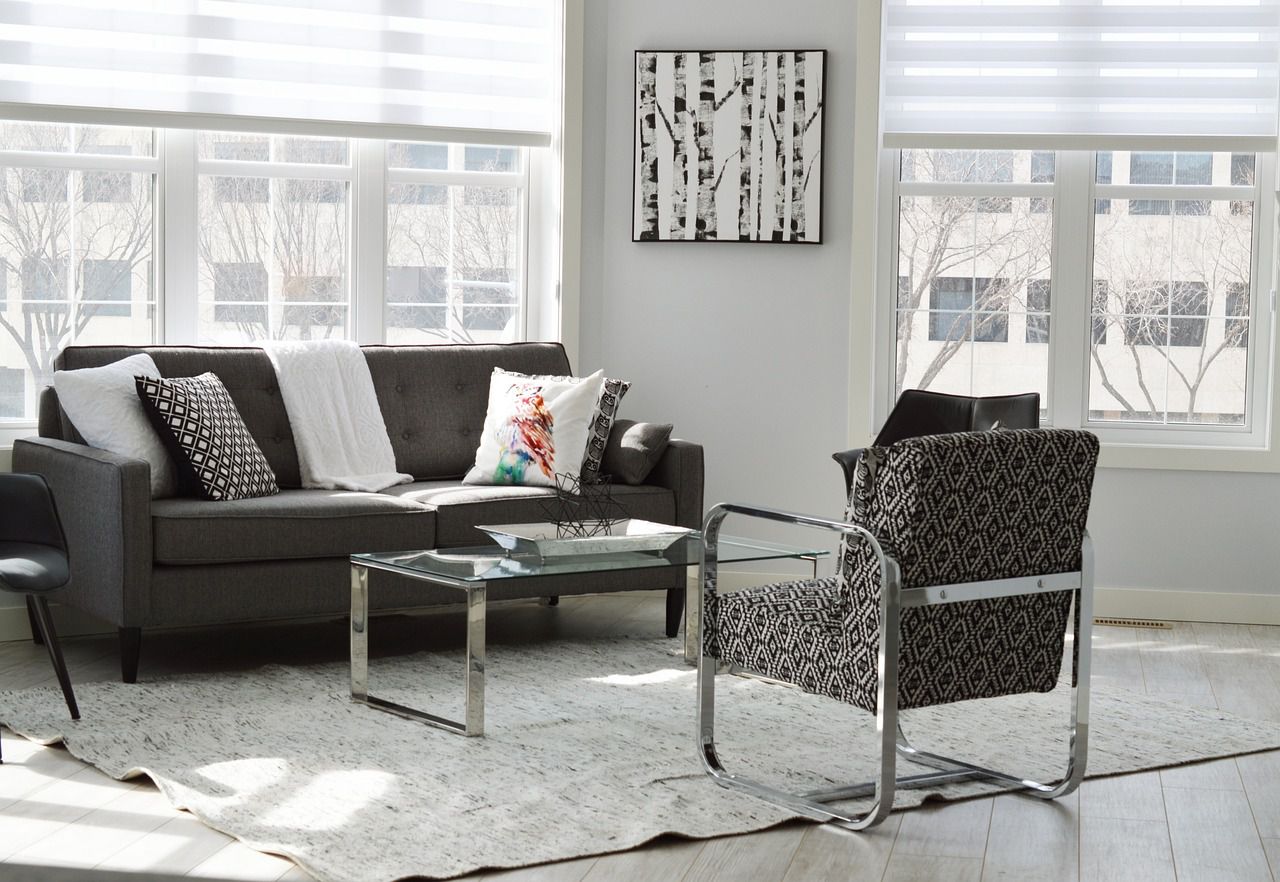Living rooms do not necessarily need huge sofas to be functional, comfortable, and aesthetically pleasing.
There are several reasons why opting for smaller seating arrangements or alternative furniture options can be beneficial.
Let's find out more about them.
Space Optimization
In smaller living rooms or apartments, a huge sofa can dominate the space and make it feel cramped.
Choosing smaller seating options allows for better utilization of available space, making the room feel more open and spacious.

Flexibility
Smaller seating arrangements provide more flexibility in terms of arranging furniture and creating different seating zones within the living room.
This can be especially useful for accommodating various activities or changing the room layout for different occasions.
Variety
Instead of a large sofa, you can mix and match different types of seating, such as chairs, ottomans, benches, and loveseats.
This creates a visually interesting and diverse seating area that adds character to the room.
Conversation-Friendly
Smaller seating arrangements can encourage more intimate and engaging conversations among guests.
People can sit closer together, making it easier to interact and socialize.
Visual Appeal
A collection of well-chosen, smaller furniture pieces can create a curated and stylish look.
It allows you to showcase a variety of textures, colors, and styles that contribute to the overall aesthetic of the room.
Accessibility
Smaller seating can be easier to move around, making it simpler to rearrange the room for cleaning or when hosting gatherings.
Ease of Maintenance
Cleaning and maintaining smaller furniture items can be more manageable, as there's less surface area to take care of.









